Neither optical nor geometrical isomers can be distinguished by mass spectroscopy. Why
(ii) Select the pairs of
(a) Geometrical isomers,(b) Optical isomers
( c ) Identical structures
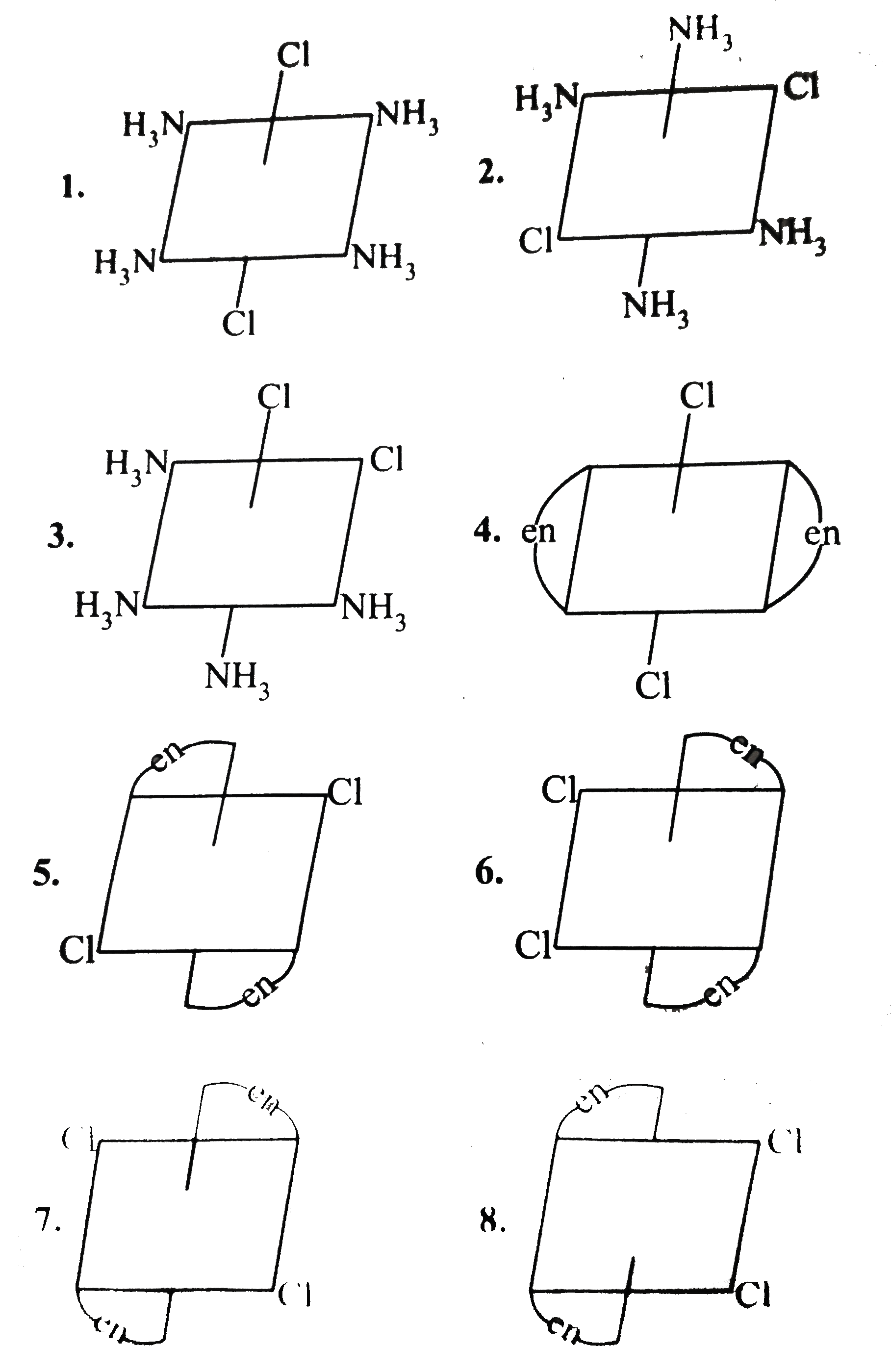

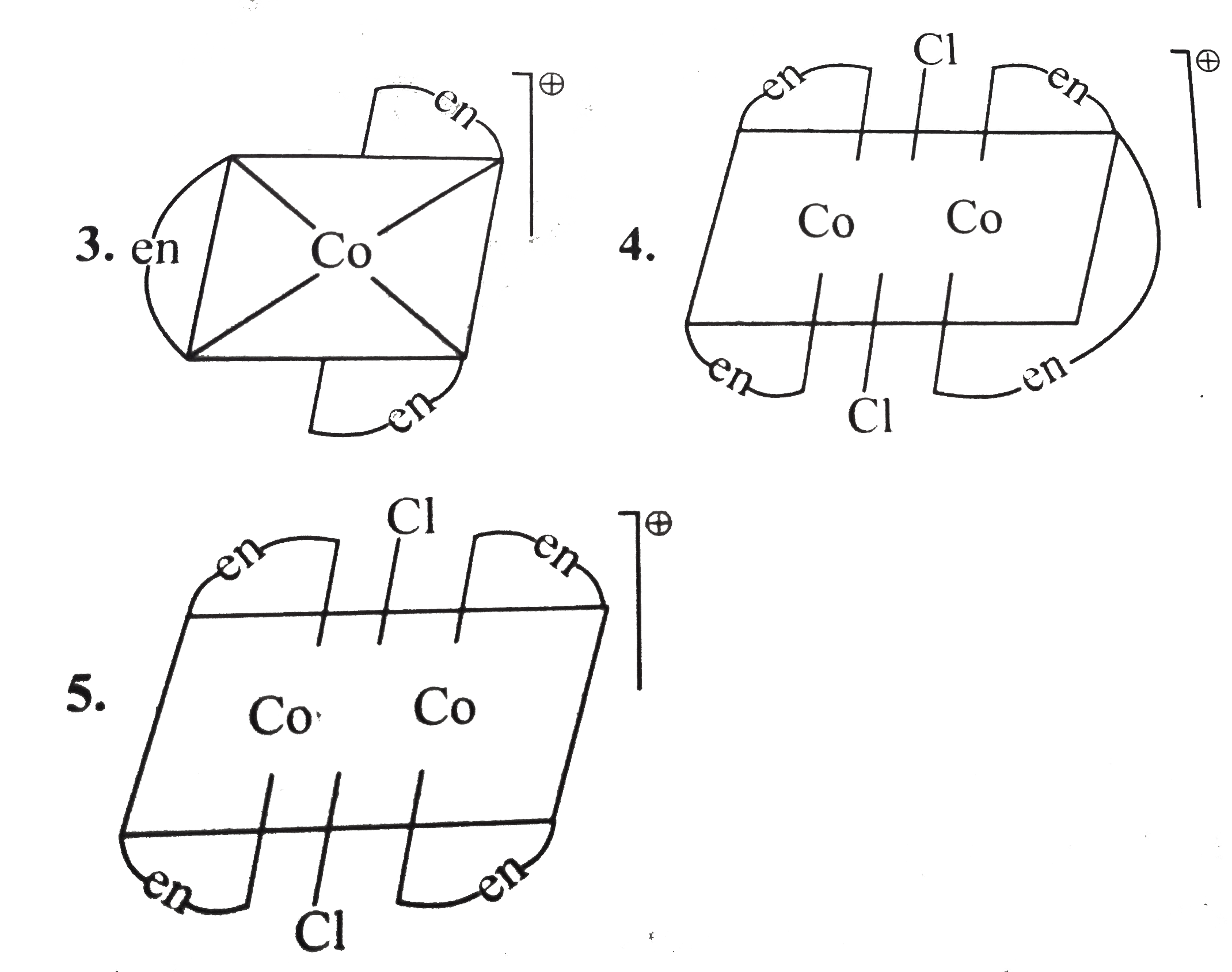
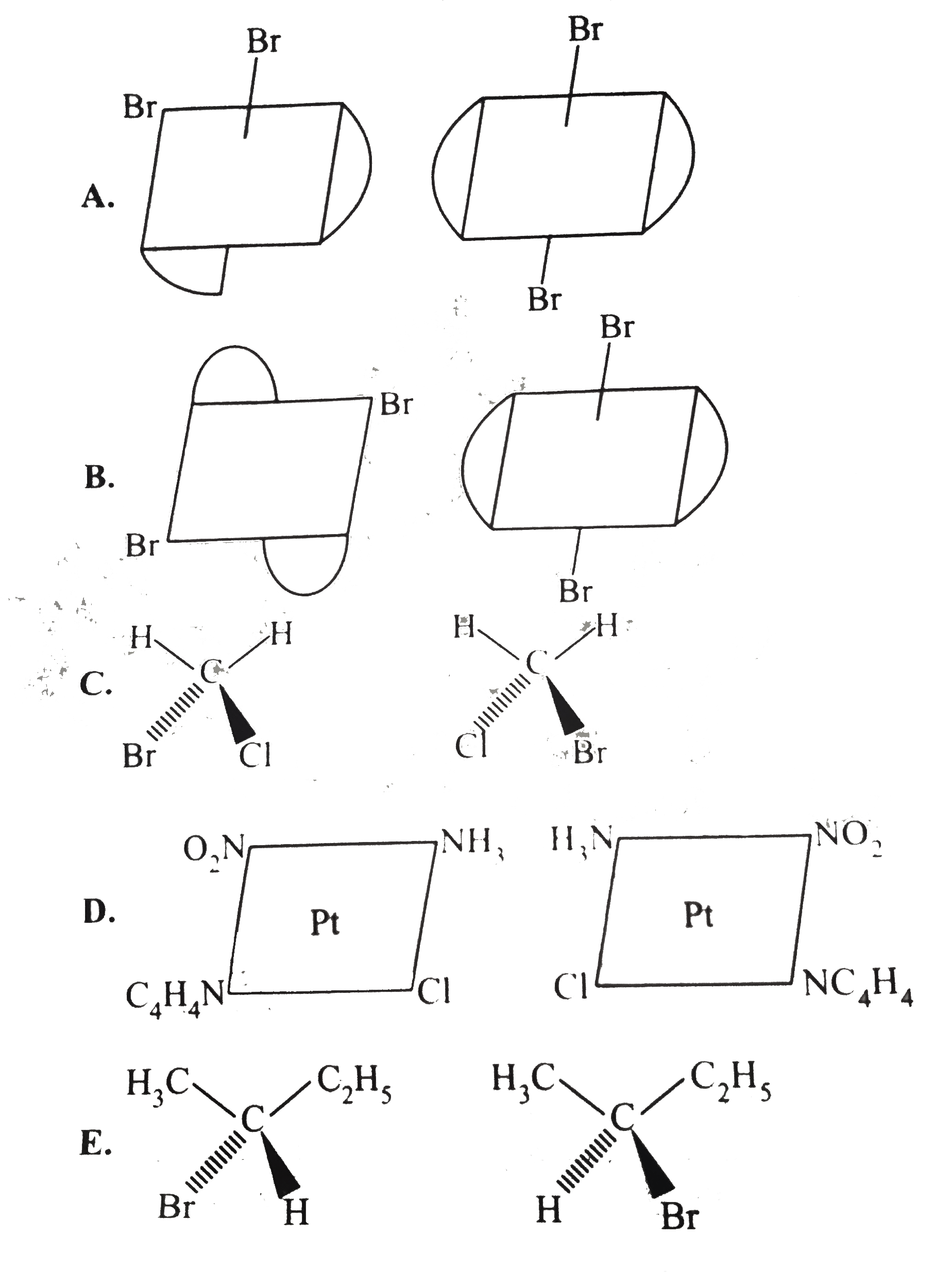
(III) Which one of followig will show optical activity
Identifly the type of insomerisum in (if no isomerism then indicate none
Text Solution
Since all atoms in each isomers are attached to the same other types of atoms the same fragments are expected when the molecules are split Therefore ultraviolet (UV) nuclear magnetic resonance (NMR) and X ray diffraction conductance method electrolysis method chemical method dipole magnetic and magnetic properties menthod are used to distinguish isomers
(II) a Geometrical isomers are 1 and 3 4 with 6 and 8
(b) Optical isomers are 6 and 8
(c) Identical stures are 1and 2, 4, 5 and 7
(III) Optical active isomers are 2 and 3 Optical inactive isomers are
(i) I it is trans and has mirror plane i. e, plane of symmetry thrugh (en) groups
(ii) 5,it has plane of symmetry through the two CI atoms
(iii) 4 it has centre of symmetry
(iv A) Geometrical isomers
(B) None (C) None (D) None (E) Optical active isomers .
|
Updated on:21/07/2023
Related Playlists
- BOOK - CENGAGE CHEMISTRY ENGLISHCHAPTER - COORDINATION COMPOUNDSEXERCISE - Solved Examples42videos
COORDINATION COMPOUNDS
- BOOK - CENGAGE CHEMISTRY ENGLISHCHAPTER - COORDINATION COMPOUNDSEXERCISE - Ex 7.1 Subjective (Terminology)5videos
COORDINATION COMPOUNDS
- BOOK - CENGAGE CHEMISTRY ENGLISHCHAPTER - CHEMICAL KINETICSEXERCISE - Archives Subjective23videos
CHEMICAL KINETICS
- BOOK - CENGAGE CHEMISTRY ENGLISHCHAPTER - D AND F BLOCK ELEMENTSEXERCISE - Archives Subjective29videos
D AND F BLOCK ELEMENTS
Similar Practice Problems
- Question 1 - Select One
Which of the following complex will show geometrical as well as optical isomers?
A[Pt(NH3)2Cl2]B[Pt(NH4)Cl2]C[Pt(en)2]D[Pt(en)2Cl2] - Question 1 - Select One
If (A) and (C) show geometrical isomers but not optical isomers, and (A) is cis− and (C) is trans − isomer, which of the following is / are correct ?
AThe number of structural isomers for (A) and (C) are three each.BThe number of structural isomer for (A) and (C) are four each.C(B) is racemic and is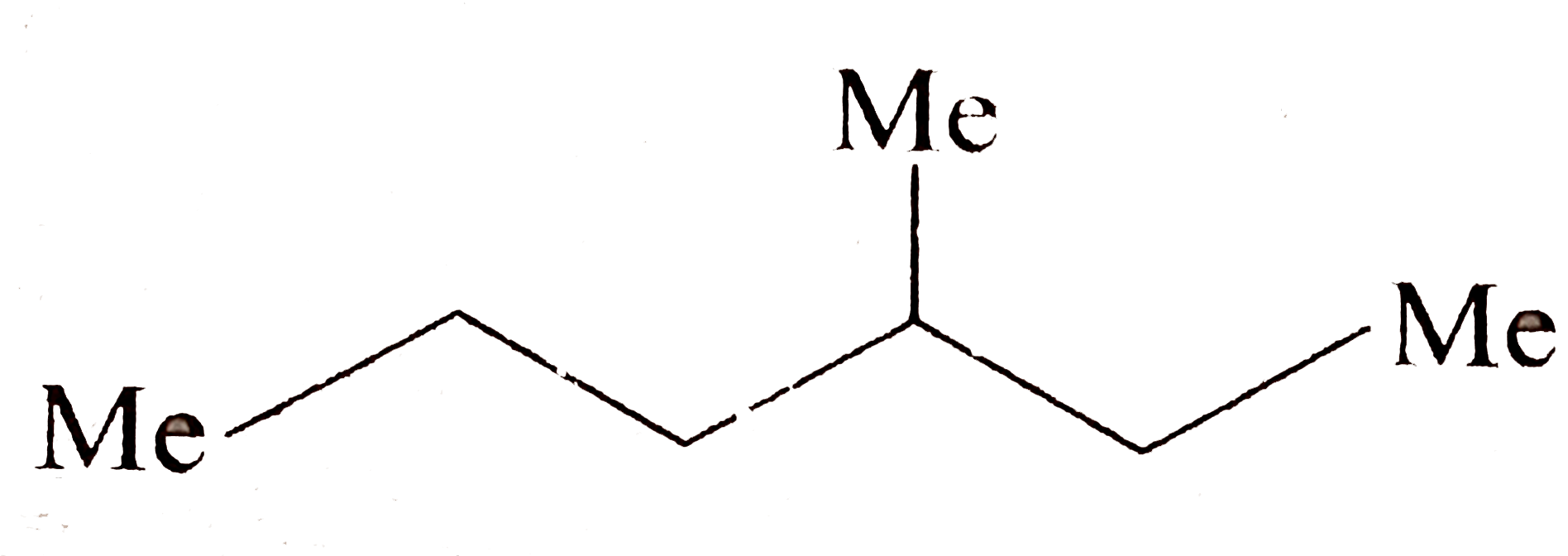 D(B) is racemic and is
D(B) is racemic and is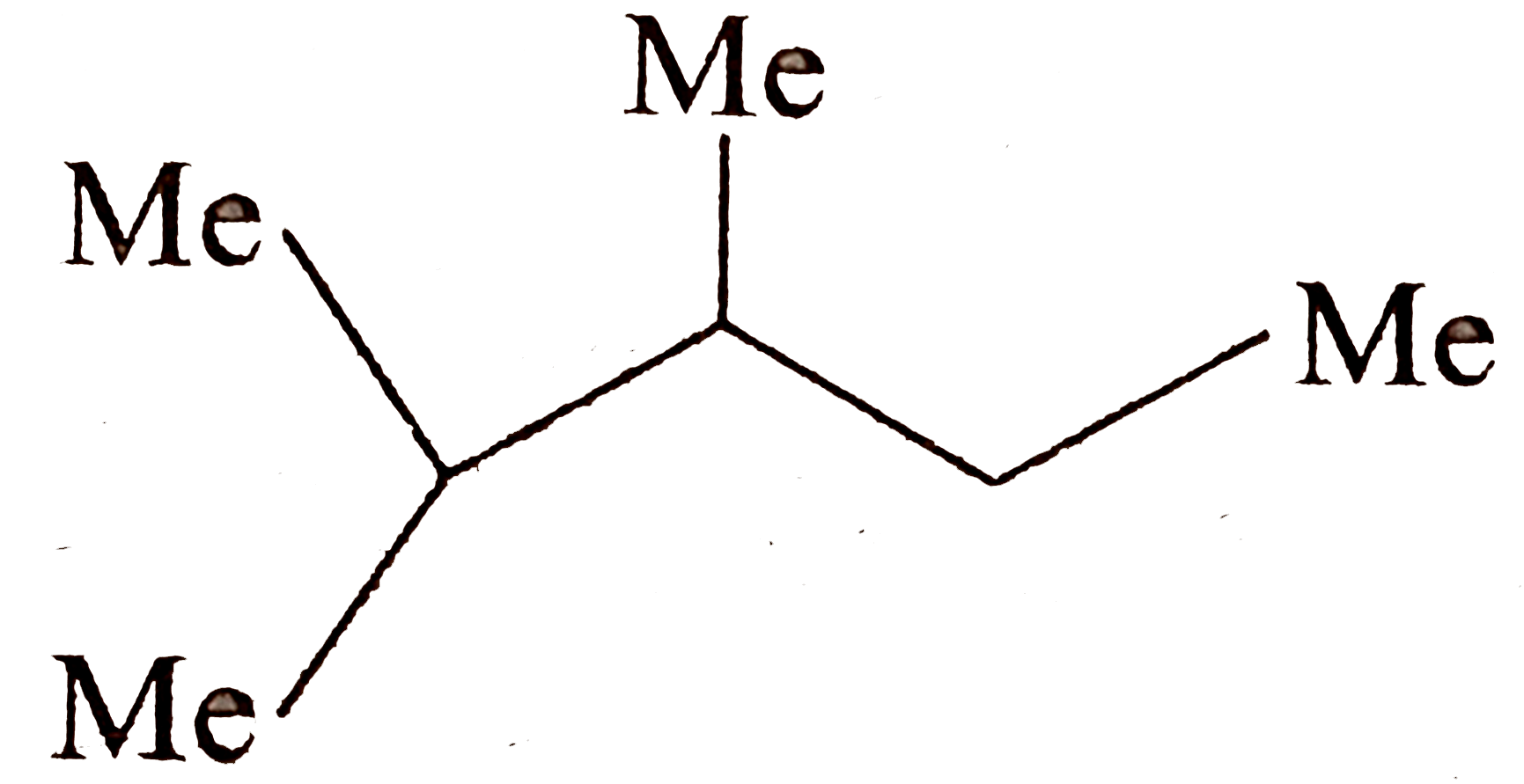
- Question 1 - Select One
Which isomers of C4H9X shows optical isomerism ?
An-butyl halideBiso-butyl halideCsec-butyl halideDt-butyl halide - Question 1 - Select One or More
Which of the following show optical isomerism and the isomers can be separated into dextro and laevo forms?
A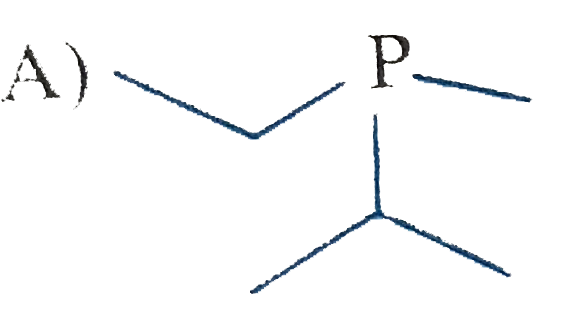 B
B C
C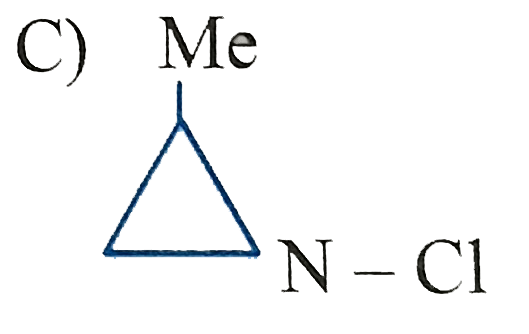 D
D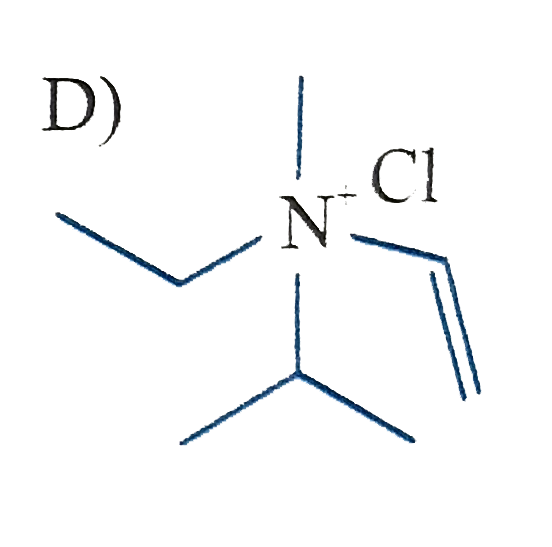
- Question 1 - Select One
The diamagnetic complex which has two geometrical and 4 optically active isomers is :
A[Co(gly)3]B[Pt(en)2Cl2]2+C[Co(en)3]3+D[Fe(Ox)3]3− - Question 1 - Select One
The diamagnetic complex which has two geometrical and 4 optically active isomers is :
A[Co(gly)3]B[Pt(en)2Cl2]2+C[Co(en)3]3+D[Fe(Ox)3]3− - Question 1 - Select One
The diamagnetic complex which has two geometrical and 4 optically active isomers is
A[Co(gyl)3]B[Pt(en)2Cl2]2+C[Co(en)3]3+D[Fe(Ox)3]3− - Question 1 - Select One
Which of the following complex is optically inactive but its other geometrical isomer is optically active ?
Atrans-tetraaquadichloridocobalt(III) nitrateBMer-triaquatrifluoridocobalt(III)CTrans-diamminebise(ethane 1, 2 diamine) cobalt(III)chlorideDTrans-diamminedichloridoplatinum(II)

